Myth Becomes Fact: E-commerce Surges in a Pandemic.
It doesn’t take a rocket scientist to guess that e-commerce would surge in a pandemic. The ability to shop for everything online naturally lends itself to a situation where everyone is hunkered down on the homefront trying to stay safe.
That said, it’s one thing to hypothesize and make hyperbolic statements. It’s quite another to see something manifest in reality. As the pandemic has slowly played out, it has finally started to yield more information about the true state of the transition to e-commerce, shifting mythical promises of booming online sales into a bonafide factual reality in the process.
Gaining Perspective with E-commerce
E-commerce has been growing apace in recent years. Even so, when you look at the hard numbers, it quickly becomes apparent that online sales remain a fraction of the overall market.
Take, as an example, nutritional supplement sales. As of 2019, the online marketplace only accounted for 10% of sales. Even when you take the market as a whole, e-commerce is still a far cry from what you might call “dominant.”
For instance, even during the pandemic, holiday shopping was still 75% of total retail sales. In addition, Amazon remains the only pure e-commerce giant out of the top 6 largest corporations in the world. The point is, when directly compared to traditional retail, e-commerce tends to take on a bit of a cute little sibling vibe.
This is where perspective becomes critical. Remember, e-commerce is still very much so in its infancy. This means the signs that e-commerce is succeeding won’t necessarily manifest through a market monopoly …at least, not quite yet. On the contrary, e-commerce must be viewed as a runner who got a late start in the race. When seen through this lens, it becomes readily apparent that the online marketplace is gaining ground — and it’s doing so quickly.
Signs That E-Commerce Is Growing By Leaps and Bounds
When you look at e-commerce trends with the right perspective, it doesn’t take much to see that the industry really is growing at a breakneck pace. For example, while three-quarters of pandemic holiday shopping may have been in-store, that conveniently covers over the fact that in-store shopping only grew by 3.6% year-over-year. In contrast, e-commerce exploded with roughly 26% growth compared to 2019. Even in the health and wellness industry, supplements may have only accounted for 10% of sales a year ago, but that figure is projected to double by 2023.
And sales numbers are just the tip of the iceberg. In addition, consumer behavior made a rapid shift throughout 2020. Nearly four out of ten consumers said they used their smartphones more during quarantines. In addition, the average individual spent an average of 25 more minutes per day on their mobile apps and five more minutes watching digital videos on mobile devices. On top of that, paid search revenue and impressions skyrocketed year-over-year, going up 93% and 78% respectively.
The point is, online use and e-commerce trends are trending upward everywhere. And that’s where TruLife comes into play. With so many companies crowding into the online marketplace to get in on the action, it’s becoming increasingly difficult to stand out from the competition. From expert consulting to market content, distribution strategy, and more, we’ve made it our mission to ensure that our clients are front and center throughout the e-commerce revolution.








